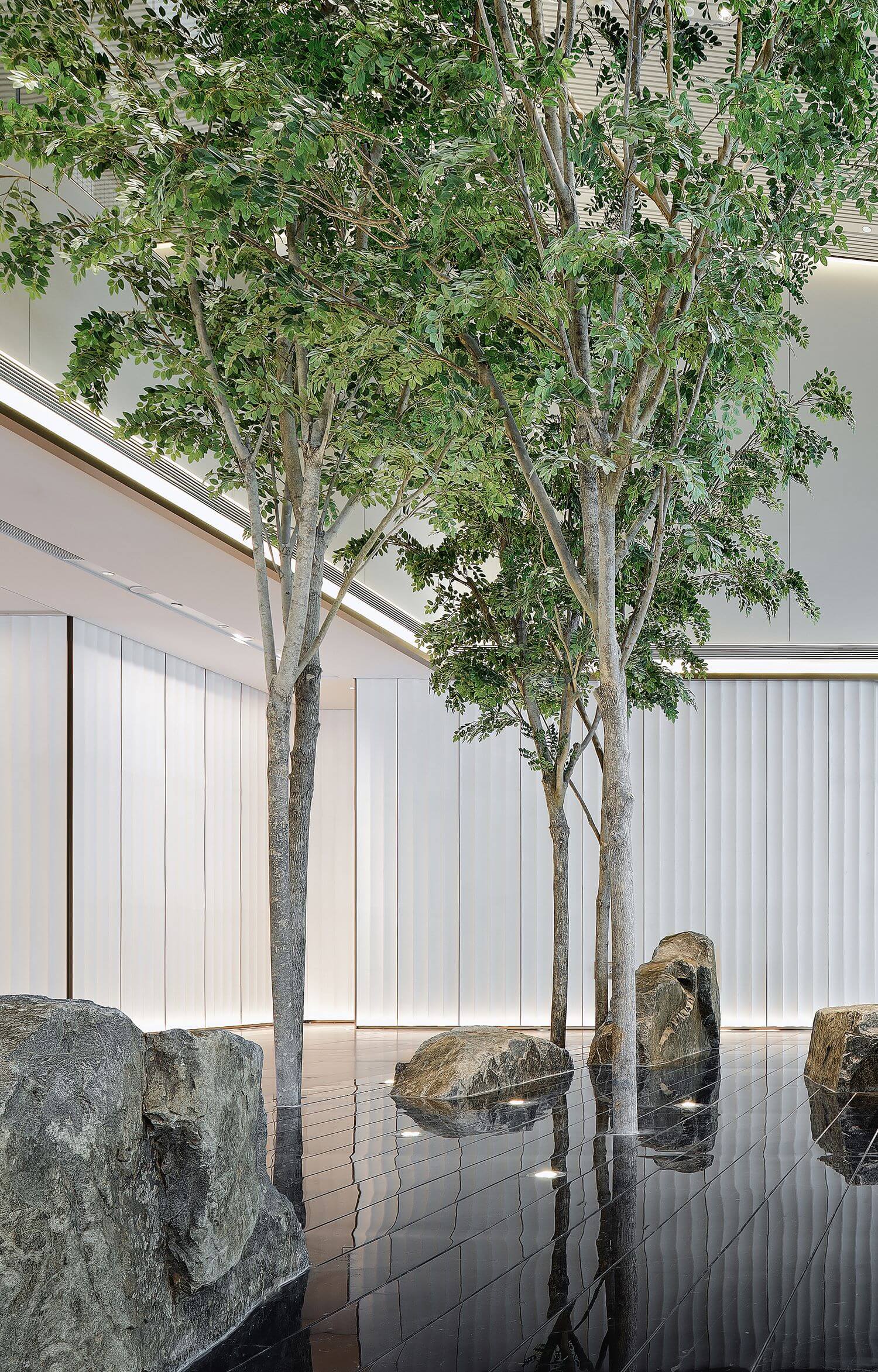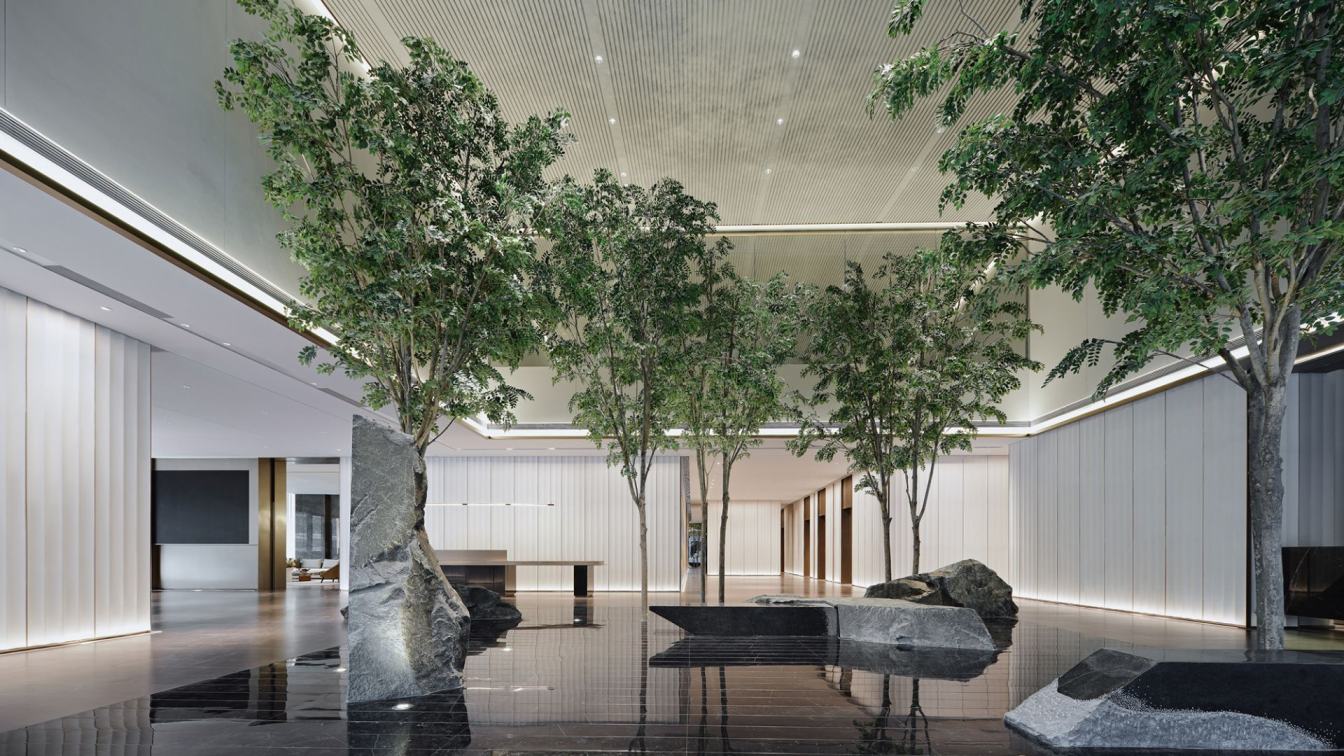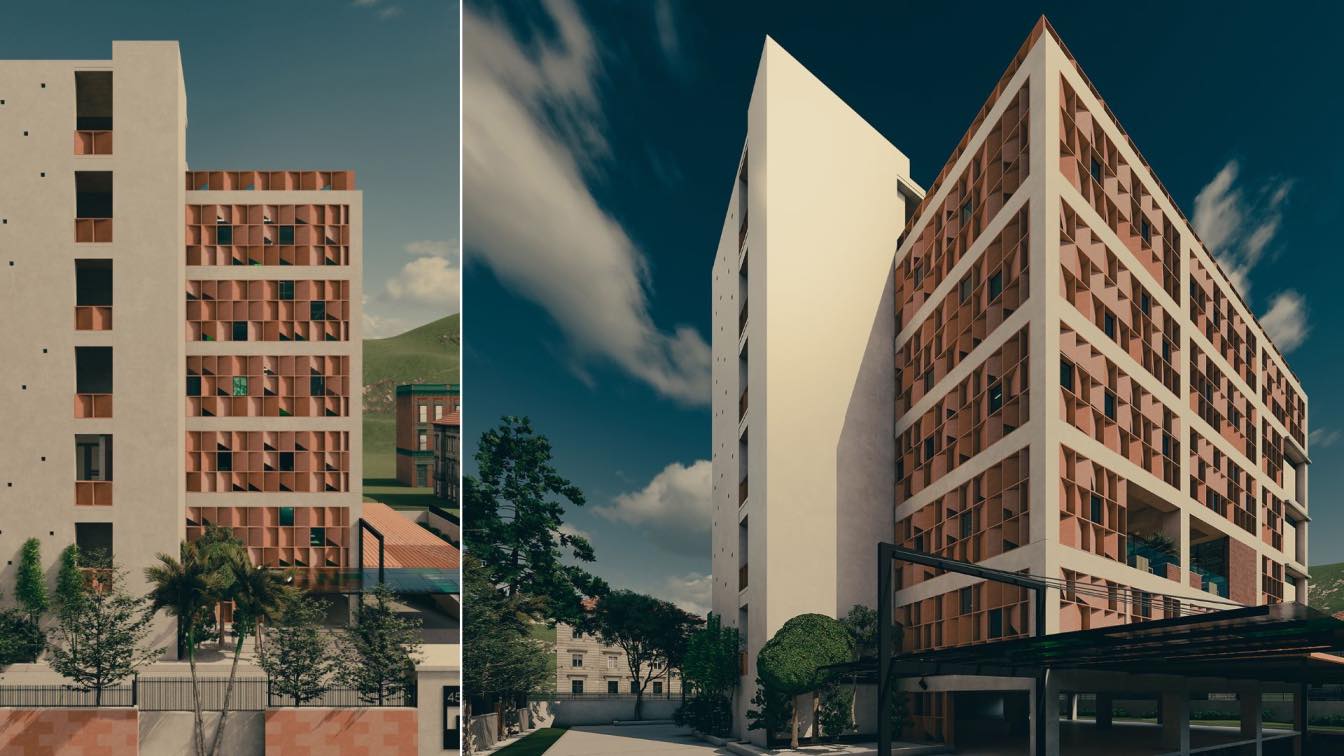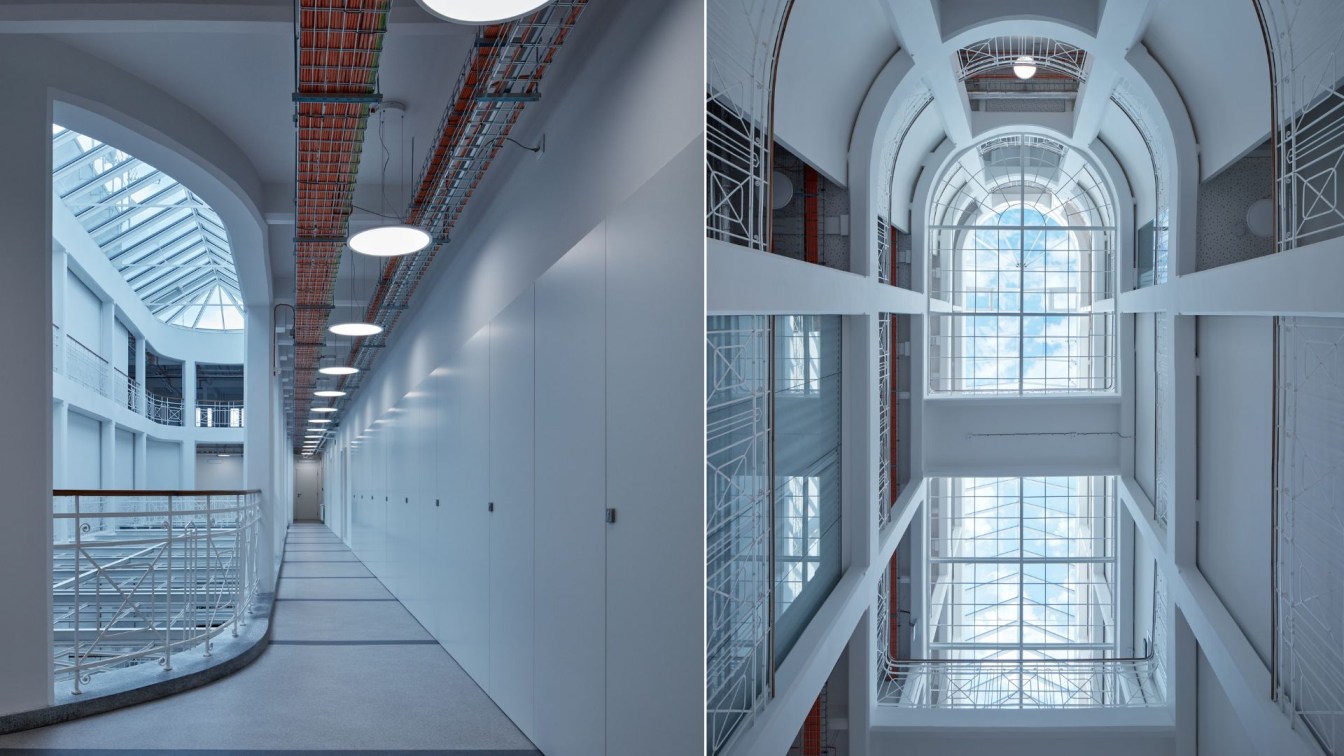WJ STUDIO: "Nature's presence"
The meaning of the modern office no longer lies in a single solution to the problem of collaborative work; Cloud Land Business Center is, as its name suggests, we hope to create a space that communicates with nature and people. No matter what kind of design, in the end, it will return to people and nature, and the original point is the only way to bring everything back to the best state.
— Zhang Jiliang, the Vice President of Greentown, China
In 1974, in The Production of Space, Lefebvre mentioned the "perceived space" of the general public, the "conceived space" of designers, and the "lived space" of residences. "The Production of Space" refers to the perceived space of the general public, the conceived space of designers, and the lived space of citizens. He defines space as a social construction based on values and social meanings.
The reflection on the social meaning of space has deeply influenced the evolution of office space design prototypes. Especially in recent years, companies have emphasised shared spaces, garden offices, and leisure packages to meet the contemporary demand for flexibility, collaboration, and efficiency in work life. On the other hand, the increased leisure and spiritual needs of the younger generation of workers for their work areas likewise require designers to demonstrate the shared spirit of the public regions through the implantation of multiple functional and cultural elements. The social construction of space is included in the process of design thinking.
It all starts from The Garden
The main entrance is located in the landscape view corridor. In the initial thinking, the designer hoped to find an interior aesthetic style suitable for a modern office or how to reflect the form of a modern office. Finally, the designer thought to design a continuation of the natural space so that the static garden becomes the core spiritual support of the space, in addition to the function is also an aesthetic expression of the design thinking. To create a place where people can rest spiritually.
Spring
The users of modern office space have gradually diversified from simple workers and clients. More functional modules need to be implanted into this space, forming a "third space" outside of work and leisure in response to the single state of accommodating the old work-life.

Autumn
The garden is not just a space to look at
It allows you to go inside
It is like something that one instinctively touches
Like a familiar road
you may have never been there before
but you can still find the direction
It is also an unintentional design form
very intentional to make unintentional sense
although the two kinds of "unintentional" are different
For the relationship between the two
both are about feeling the inner world
When you can feel the relationship between the space and yourself
Even if it's just for a moment, it's the best experience
What could be more impressive than a touching moment

Style — It is not from a specific shape but a free, caring formality for the inner world.
Nature — To hide the artificial.
Silence — Away from the clutter and congestion of work-life, silent embodiment of daily life.
Simple — Uncomplicated, minimalist and straightforward beauty.
Invisible — What is behind the hidden glow is the space with depth and imagination.













































WJ STUDIO
WJ STUDIO pays attention to the continuity and creative thinking of the interior and exterior space of architecture. Starting from the understanding of architecture, surrounding environment and the core content of products, WJ STUDIO explores the connection among space, human and nature, and creates practical, interactive and personalized interior and exterior space for users.
WJ STUDIO specializes in overall design services, using professional resources and experience in planning, architecture and landscape, and has rich practical experience in commercial, real estate, office, hotel and special exploratory projects.
As a young, diverse and creative team, by the leadership of its founder Leo Hu, WJ STUDIO has won many international design awards, including Architizer A+ Awards (2022), Asia Pacific Property Awards (2022-2023), Paris Design Awards (2022), World Architecture Festival / INSIDE World Festival of Interiors (2022, 2020-2021, 2019, 2018, 2017), International Design Awards (2021), Berlin Design Awards (2021), IAI Design Award (2021), Outstanding Property Award London (2020), German Design Award (2020, 2017), AD 100 (2019, 2017), Iconic Awards: Innovative Architecture (2019), A&D Trophy Awards (2018), Good Design Award (2018), etc.





